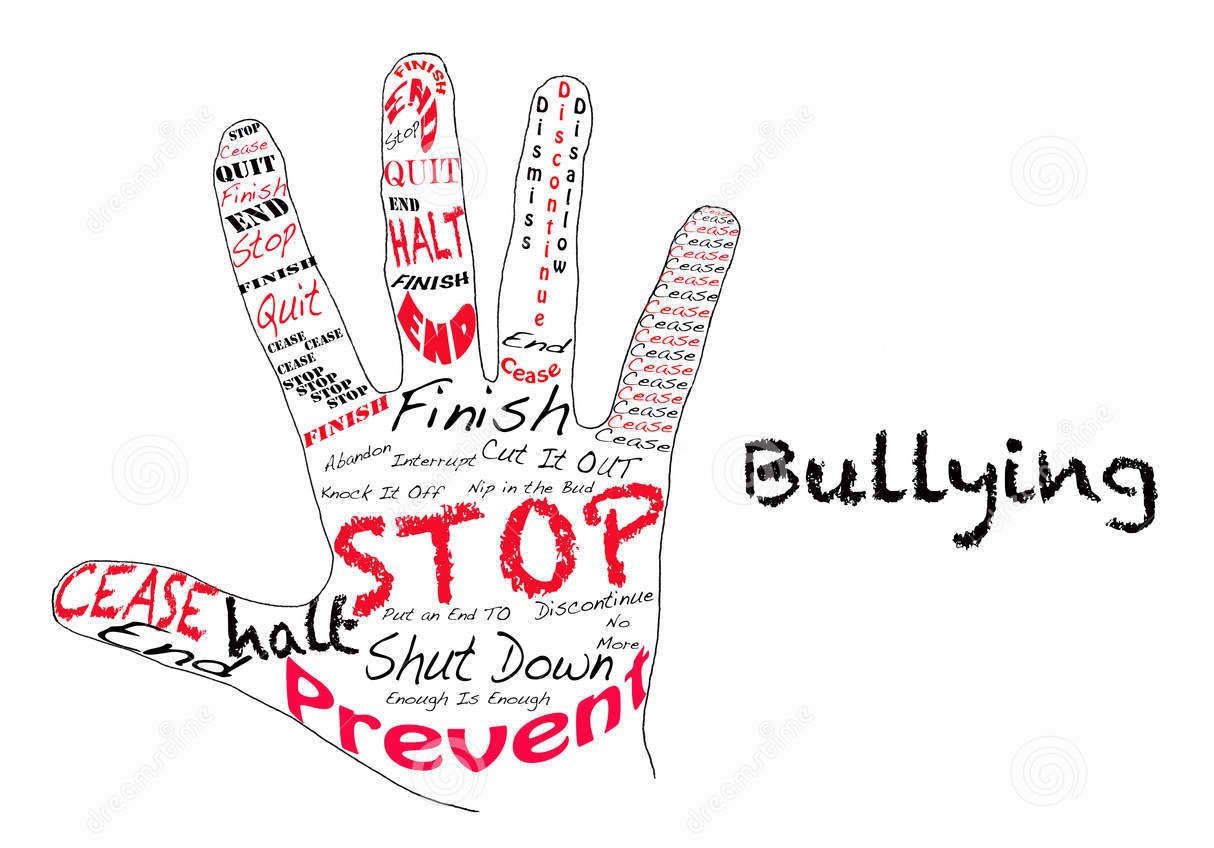
Best ways to prevent bullying in schools
Bullying occurs everywhere, even in the highest-performing schools, and it is hurtful to everyone involved, from the targets of bullying to the witnesses and even to bullies themselves. October is National Bullying Prevention Month, so it’s a good time to ask ourselves: What are the best practices for preventing bullying in schools?
Kids will be kids” is a famous saying suggesting that bullying is a normal part of growing up.
Building a positive school climate
School climate can be difficult to define, though possible to measure. It is the “felt sense” of being in a school, which can arise from a greeting, the way a problem is resolved, or how people work together; it is a school’s “heart and soul,” its “quality and character.” Schools with a positive climate foster healthy development, while a negative school climate is associated with higher rates of student bullying, aggression, victimization, and feeling unsafe.
Think about your classroom. Now picture your students. Chances are that one out of every five has been bullied. As an educator, what can you do about it?
Set clear and enforceable rules and expectations
Age-appropriate rules allow a student to know what behavior is expected. When kids are younger, keep rules simple. When kids are older, shape the rules to help them meet their maturity level.
Scheuermann and Hall (2008) have a list of suggestions for writing rules within a Positive Behavioral Interventions and Supports (PBIS) framework. The authors suggest that staff should:
- State rules in positive terms,
- Keep the number of rules to a minimum (3–5 depending upon age),
- Set rules that cover multiple situations,
- Make sure rules are age appropriate,
- Teach your students the rules,
- Set an example for rule-following behavior, and
- Be consistent in enforcing the rules.
These guidelines for rules set a tone for the classroom. They can help the teacher have a well-managed classroom that is less prone to bullying behaviors (US Department of Health and Human Services).
The rules and the consequences for breaking the rules should be clearly stated. Students need to know what will happen if they engage in a certain behavior. This provides clear expectations.
Rules need to enforce respect, responsibility, and safety (Scheuermann and Hall, 2008). Rules should incorporate these vital components and apply to every situation every day to everyone. Remember, rules are there to keep students and staff safe.
Engage parents
Many people are involved in children’s lives. They all have an impact. When these people work together, the biggest difference can be made in a child’s life. Communication with parents about their child’s behavior—whether their child is a perpetrator of or on the receiving end of bullying behavior—can be tricky. Thus teachers and staff need to build rapport with the parents of their students.
Keeping parents informed about their child’s grades, friends, behavior, and even attitudes in school is an important tool when addressing behaviors. Working together, parents and teachers can provide a consistent approach to introduce more productive and appropriate replacement behaviors. This makes the message more likely to sink in and stick with the child. It can even help the child recognize when another child is being bullied or is a bully (US Department of Health and Human Services).
In urban areas, some parents may have had a difficult time with schools in the past and may sense a lack of connection and trust in school staff. Staff should show parents how their school has changed or is changing, and that every student is given an opportunity to succeed. You can convey this message by sending invitations for different events or by having the parents play a specific and active role in their child’s life (Mahoney, 2012). To help engage hard-to-reach parents, look for meaningful motivators to draw them into the discussion.
Look for warning signs
When bullying is occurring, there may be warning signs. Ask yourself these questions:
- Are you constantly breaking up the same kids?
- Do you get to the bottom of what goes on?
- Have there been changes in the kids’ attitudes?
When a kid is being bullied, they can show many different signs that indicate that bullying is occurring. Teachers may not witness every incident, but that’s why it’s necessary to involve other students, as well as parents. Does the child have:
- Unexplainable injuries?
- Frequent headaches or stomachaches?
- Changes in eating habits?
- Difficulty sleeping?
- Declining grades?
- Loss of interest in school?
- Loss of friends?
- Lost or destroyed personal items?
- Decreased self-esteem?
Does the child avoid social situations or talk of harming themselves (US Department of Health and Human Services)? These are only a few of the warning signs that indicate that a child is being bullied. Kids rarely show all the same signs.
There are also signs that one student is bullying another:
- Does the student get into a lot of fights or have friends that bully others?
- Is the student increasingly aggressive or sent to the principal’s office frequently?
- Does the student have new belongings, blame others for their problems, refuse to accept responsibility for their actions, or worry about their popularity and reputation (US Department of Health and Human Services)?
These are only a few signs that indicate that a kid is engaging in bullying behavior. In order to fully understand what’s going on, you must communicate and work with their parents.








